Home>Furniture & Design>Bathroom Accessories>What Can I Use To Unclog Bathtub Drain
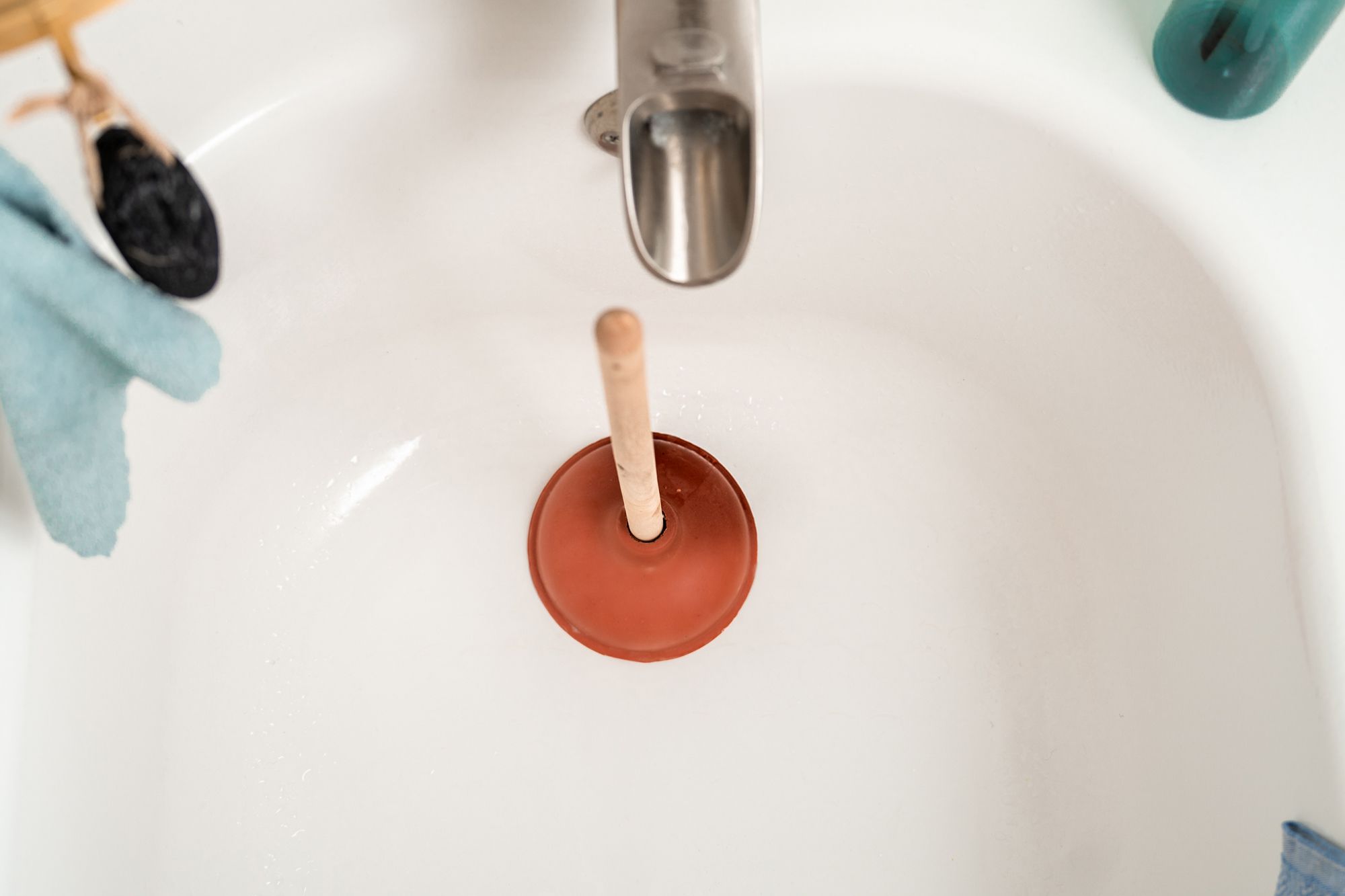

Bathroom Accessories
What Can I Use To Unclog Bathtub Drain
Modified: March 2, 2024
Looking for effective bathroom accessories to unclog your bathtub drain? Discover the best tools and products to keep your drain clear and flowing smoothly. Say goodbye to clogs with our top recommendations!
(Many of the links in this article redirect to a specific reviewed product. Your purchase of these products through affiliate links helps to generate commission for Storables.com, at no extra cost. Learn more)
Introduction
A clogged bathtub drain can be a major inconvenience, disrupting your daily routine and causing frustration. Whether it's due to hair, soap scum, or other debris, a clogged drain can quickly escalate from a minor annoyance to a significant problem. Fortunately, there are several effective methods for unclogging a bathtub drain, ranging from chemical drain cleaners to simple homemade solutions. In this article, we will explore various options for clearing a clogged bathtub drain, providing you with the information you need to tackle this common household issue.
When faced with a clogged bathtub drain, it's essential to consider the most suitable approach based on the severity of the blockage and your personal preferences. While chemical drain cleaners offer a quick and convenient solution, some individuals may prefer natural or DIY methods to avoid harsh chemicals. Additionally, tools such as plumbing snakes and plungers can provide effective mechanical means of clearing the obstruction. By understanding the different options available, you can choose the method that best aligns with your needs and values.
As we delve into the various techniques for unclogging a bathtub drain, it's important to keep in mind the potential causes of the blockage. Hair, soap residue, and mineral buildup are common culprits for clogged drains, and each may require a different approach for effective removal. By identifying the likely cause of the clog, you can select the most appropriate method to address the issue and prevent future blockages.
Whether you opt for a commercial drain cleaner, a DIY solution, or a mechanical tool, the goal remains the same: to restore proper drainage and ensure your bathtub functions as intended. By exploring the options available and understanding the underlying causes of clogged drains, you can confidently address this common household challenge and maintain a smoothly running plumbing system.
Key Takeaways:
- Keep your bathtub drain clear by using chemical drain cleaners for quick and effective clog removal. Follow safety guidelines and choose the right product for your plumbing system to avoid potential harm.
- Try natural homemade solutions like baking soda and vinegar to gently unclog minor bathtub drain blockages. It’s an eco-friendly and cost-effective alternative to commercial products, promoting clear water flow.
Read more: What Can I Use To Unclog A Toilet
Chemical Drain Cleaners
Chemical drain cleaners are a popular choice for addressing clogged bathtub drains due to their convenience and effectiveness. These products typically contain powerful chemicals designed to dissolve hair, soap scum, and other organic matter that may be obstructing the drain. When using chemical drain cleaners, it's essential to follow the manufacturer's instructions carefully to ensure safe and effective application.
One of the primary advantages of chemical drain cleaners is their ability to quickly break down and dissolve the materials causing the clog. This can lead to a relatively swift resolution of the drainage issue, allowing you to resume normal use of your bathtub without extensive downtime. Additionally, many chemical drain cleaners are formulated to work on a variety of clog types, making them a versatile option for addressing different causes of blockages.
It's important to note that chemical drain cleaners come in different formulations, including liquid, gel, and foam. Each type may have specific application instructions and recommended usage scenarios, so it's crucial to select a product that aligns with the nature of the clog and the material of your bathtub drain. Additionally, some chemical drain cleaners are designed for regular maintenance to prevent future clogs, offering a proactive approach to drain care.
While chemical drain cleaners offer notable benefits, it's essential to use them with caution. The powerful chemicals they contain can be harmful if mishandled, potentially causing skin and eye irritation. Moreover, some formulations may not be suitable for certain types of plumbing materials, such as older metal pipes or delicate fixtures. Therefore, it's crucial to read and adhere to the safety guidelines provided by the manufacturer and consider the potential impact on your plumbing system.
In summary, chemical drain cleaners provide a convenient and effective solution for unclogging bathtub drains, offering rapid dissolution of common clog-causing materials. However, it's important to handle these products with care and ensure that they are compatible with your specific plumbing setup. By understanding the benefits and considerations associated with chemical drain cleaners, you can make an informed decision when addressing a clogged bathtub drain.
Homemade Drain Cleaners
When it comes to addressing a clogged bathtub drain, homemade drain cleaners offer a natural and cost-effective alternative to commercial chemical products. These DIY solutions often utilize common household ingredients that can effectively break down organic matter and clear obstructions within the drain.
One popular homemade drain cleaner involves a simple yet powerful combination of baking soda and vinegar. This dynamic duo creates a foaming reaction that can help dislodge debris and dissolve buildup within the drain. To use this method, start by pouring a pot of boiling water down the drain to help loosen the clog. Next, pour half a cup of baking soda into the drain, followed by a mixture of one cup of vinegar and one cup of hot water. The resulting fizzing action can help break down the clog, allowing it to be flushed away with additional hot water.
Another homemade drain cleaner that can be effective for minor clogs involves using a mixture of salt, baking soda, and cream of tartar. By combining half a cup of each ingredient and pouring it down the drain, followed by boiling water, you can create a potent solution that may help dislodge and dissolve the obstruction.
For individuals seeking a natural approach to drain cleaning, a combination of lemon juice and baking soda can serve as an eco-friendly alternative. The acidic properties of lemon juice, when combined with the foaming action of baking soda, can help break down organic matter and eliminate unpleasant odors within the drain.
It's important to note that while homemade drain cleaners can be effective for minor clogs and regular maintenance, they may not always provide the same level of potency as commercial chemical products. Additionally, their effectiveness can vary based on the nature of the clog and the severity of the obstruction. For more stubborn or complex clogs, it may be necessary to consider alternative methods such as plumbing snakes or professional assistance.
By exploring the realm of homemade drain cleaners, you can discover natural and accessible solutions for addressing minor clogs and maintaining the proper function of your bathtub drain. Whether you opt for the classic baking soda and vinegar combination or experiment with other household ingredients, these DIY approaches offer a gentle yet effective means of promoting clear and unobstructed drainage within your bathtub.
Plumbing Snake
A plumbing snake, also known as a drain auger or plumber's snake, is a versatile and effective tool for clearing stubborn clogs in bathtub drains. This flexible, elongated device is designed to navigate through the twists and turns of plumbing pipes, allowing it to reach and dislodge blockages that may be out of reach for other methods.
One of the primary advantages of using a plumbing snake is its ability to physically break apart and remove obstructions within the drain. Unlike chemical cleaners or homemade solutions, which rely on chemical reactions or dissolution, a plumbing snake offers a mechanical approach to clearing clogs. This makes it particularly well-suited for addressing solid or compacted blockages, such as hair masses or soap residue that may have accumulated over time.
Using a plumbing snake involves inserting the coiled end into the drain opening and maneuvering it through the pipe until it encounters the clog. By rotating the handle and applying gentle pressure, the snake can effectively grab onto the obstruction and either break it apart or pull it out of the drain. This process allows for precise and targeted removal of the blockage, minimizing the risk of causing damage to the plumbing system.
Furthermore, plumbing snakes come in various lengths and thicknesses, making them adaptable to different types of drains and clogs. For bathtub drains, a medium-length snake with a flexible yet sturdy construction is typically suitable for navigating the curved pipe configuration. Additionally, some plumbing snakes feature auger heads with barbs or hooks, which can enhance their ability to grab onto and extract stubborn clogs.
When using a plumbing snake, it's important to exercise caution and patience to avoid inadvertently causing damage to the drain or plumbing fixtures. Gentle and deliberate movements, combined with a steady hand, can help ensure that the snake effectively dislodges the clog without creating additional complications. Additionally, it's advisable to wear protective gloves and eye gear to safeguard against potential splashes or debris dislodged during the unclogging process.
In summary, a plumbing snake serves as a valuable tool for addressing challenging clogs in bathtub drains, offering a mechanical and targeted approach to clearing obstructions. By leveraging its flexibility and maneuverability, a plumbing snake can effectively navigate through the intricacies of plumbing pipes and provide a reliable means of restoring proper drainage in your bathtub. Whether used as a standalone method or in conjunction with other unclogging techniques, the plumbing snake stands as a trusted ally in the battle against stubborn bathtub drain blockages.
You can use a mixture of baking soda and vinegar to unclog a bathtub drain. Pour 1/2 cup of baking soda followed by 1/2 cup of vinegar down the drain, then cover and let it sit for 15 minutes. Finally, flush the drain with hot water.
Plunger
A plunger is a simple yet effective tool that can be a game-changer when it comes to clearing a clogged bathtub drain. Its familiar design and straightforward operation make it a go-to option for many homeowners facing drainage issues. The plunger's versatility and ease of use make it a valuable addition to any household toolkit, offering a reliable solution for addressing common plumbing challenges.
When using a plunger to unclog a bathtub drain, it's essential to ensure a proper seal between the plunger and the drain opening. This seal is crucial for creating the necessary suction and pressure to dislodge the obstruction. To achieve a tight seal, it's advisable to run a small amount of water into the bathtub, enough to cover the bottom of the plunger. This water helps to enhance the seal and improve the effectiveness of the plunging action.
Once a secure seal is established, the plunger can be used to create a back-and-forth pumping motion, generating pressure within the drain and dislodging the clog. It's important to maintain a steady and consistent rhythm while plunging, as this can help to maximize the force applied to the obstruction. For particularly stubborn clogs, repeated plunging may be necessary to achieve the desired results.
The effectiveness of a plunger in clearing a clogged bathtub drain can be attributed to its ability to create hydraulic pressure within the plumbing system. This pressure, generated by the movement of the plunger, can help to dislodge and push the clog through the drain, restoring proper water flow. Additionally, the suction created by the plunger can aid in pulling out debris or loosening compacted obstructions, contributing to the unclogging process.
It's worth noting that there are different types of plungers available, each designed for specific applications. The classic cup plunger, recognizable by its rubber cup and wooden handle, is well-suited for use on flat surfaces such as sinks and bathtubs. On the other hand, a flange plunger, featuring an additional rubber flap, is designed for toilets and can also be effective for bathtub drains due to its ability to create a better seal on curved surfaces.
In summary, the plunger stands as a reliable and accessible tool for unclogging bathtub drains, offering a straightforward yet effective approach to addressing common drainage issues. By leveraging its hydraulic pressure and suction capabilities, the plunger provides a practical means of restoring proper water flow and resolving clogs without the need for harsh chemicals or specialized equipment. Whether used as a standalone method or in combination with other unclogging techniques, the plunger remains a household essential for maintaining smooth and unobstructed drainage in the bathtub.
Read more: How Unclog Bathtub Drain
Baking Soda and Vinegar
The combination of baking soda and vinegar has long been celebrated as a natural and effective solution for addressing clogged drains, including those in bathtubs. This simple yet powerful method harnesses the chemical reaction between the two ingredients to create a foaming action that can help dislodge debris and dissolve buildup within the drain.
To initiate the unclogging process using baking soda and vinegar, it's advisable to start by pouring a pot of boiling water down the drain. This initial step serves to help loosen the clog and prepare the drain for the subsequent treatment. Following this, half a cup of baking soda is carefully poured into the drain, allowing it to settle and make contact with the obstruction.
The next phase involves creating the foaming reaction by introducing a mixture of one cup of vinegar and one cup of hot water into the drain. As the vinegar comes into contact with the baking soda, a vigorous fizzing action ensues, generating bubbles and agitation within the drain. This foaming action serves to break down the clog and dislodge any accumulated debris, facilitating its removal from the drain.
After allowing the baking soda and vinegar mixture to work its magic for several minutes, additional hot water can be poured down the drain to flush away the dislodged materials and ensure that the pathway is clear. This final step helps to carry away any remaining residue and restore unobstructed water flow within the bathtub drain.
The effectiveness of the baking soda and vinegar method lies in the combined action of these two household staples. Baking soda, also known as sodium bicarbonate, serves as a mild abrasive that can help to dislodge debris and absorb odors within the drain. When combined with vinegar, which contains acetic acid, the resulting chemical reaction produces carbon dioxide gas, creating the foaming and bubbling effect that aids in breaking down the clog.
Furthermore, the use of baking soda and vinegar offers a natural and eco-friendly approach to drain cleaning, making it an appealing option for individuals seeking alternatives to harsh chemical cleaners. This method provides a gentle yet effective means of promoting clear and unobstructed drainage within the bathtub, while also minimizing the environmental impact associated with traditional drain cleaning products.
In summary, the combination of baking soda and vinegar presents a compelling DIY solution for addressing minor clogs in bathtub drains. By leveraging the chemical reaction between these two household ingredients, this method offers a gentle yet potent approach to unclogging drains, promoting clear water flow and maintaining the proper function of the bathtub drain. Whether used as a standalone method or in conjunction with other unclogging techniques, baking soda and vinegar stand as a natural and accessible remedy for tackling common household drainage challenges.
Conclusion
In conclusion, addressing a clogged bathtub drain requires a thoughtful approach that takes into account the nature of the clog, personal preferences, and the desire for effective, long-term solutions. Whether opting for chemical drain cleaners, homemade remedies, or mechanical tools such as plumbing snakes and plungers, there are various methods available to tackle this common household issue.
Chemical drain cleaners offer a quick and convenient solution, effectively dissolving hair, soap scum, and other organic matter that may be obstructing the drain. However, it's crucial to handle these products with care and ensure compatibility with specific plumbing setups to avoid potential harm.
Homemade drain cleaners, such as the baking soda and vinegar method, provide a natural and cost-effective alternative to commercial products. These DIY solutions offer a gentle yet effective means of promoting clear and unobstructed drainage within the bathtub, appealing to those who prefer eco-friendly options.
The use of a plumbing snake presents a mechanical and targeted approach to clearing stubborn clogs in bathtub drains. Its flexibility and maneuverability make it a valuable tool for navigating through the intricacies of plumbing pipes and providing a reliable means of restoring proper drainage.
Similarly, the plunger stands as a reliable and accessible tool for unclogging bathtub drains, offering a straightforward yet effective approach to addressing common drainage issues. Its hydraulic pressure and suction capabilities provide a practical means of restoring proper water flow without the need for harsh chemicals or specialized equipment.
The combination of baking soda and vinegar presents a compelling DIY solution for addressing minor clogs in bathtub drains. By leveraging the chemical reaction between these two household ingredients, this method offers a gentle yet potent approach to unclogging drains, promoting clear water flow and maintaining the proper function of the bathtub drain.
In navigating the options for unclogging a bathtub drain, it's essential to consider the specific circumstances and preferences, ensuring that the chosen method aligns with the desired outcomes and values. By understanding the benefits and considerations associated with each approach, individuals can confidently address clogged bathtub drains and maintain smoothly running plumbing systems.
Frequently Asked Questions about What Can I Use To Unclog Bathtub Drain
Was this page helpful?
At Storables.com, we guarantee accurate and reliable information. Our content, validated by Expert Board Contributors, is crafted following stringent Editorial Policies. We're committed to providing you with well-researched, expert-backed insights for all your informational needs.
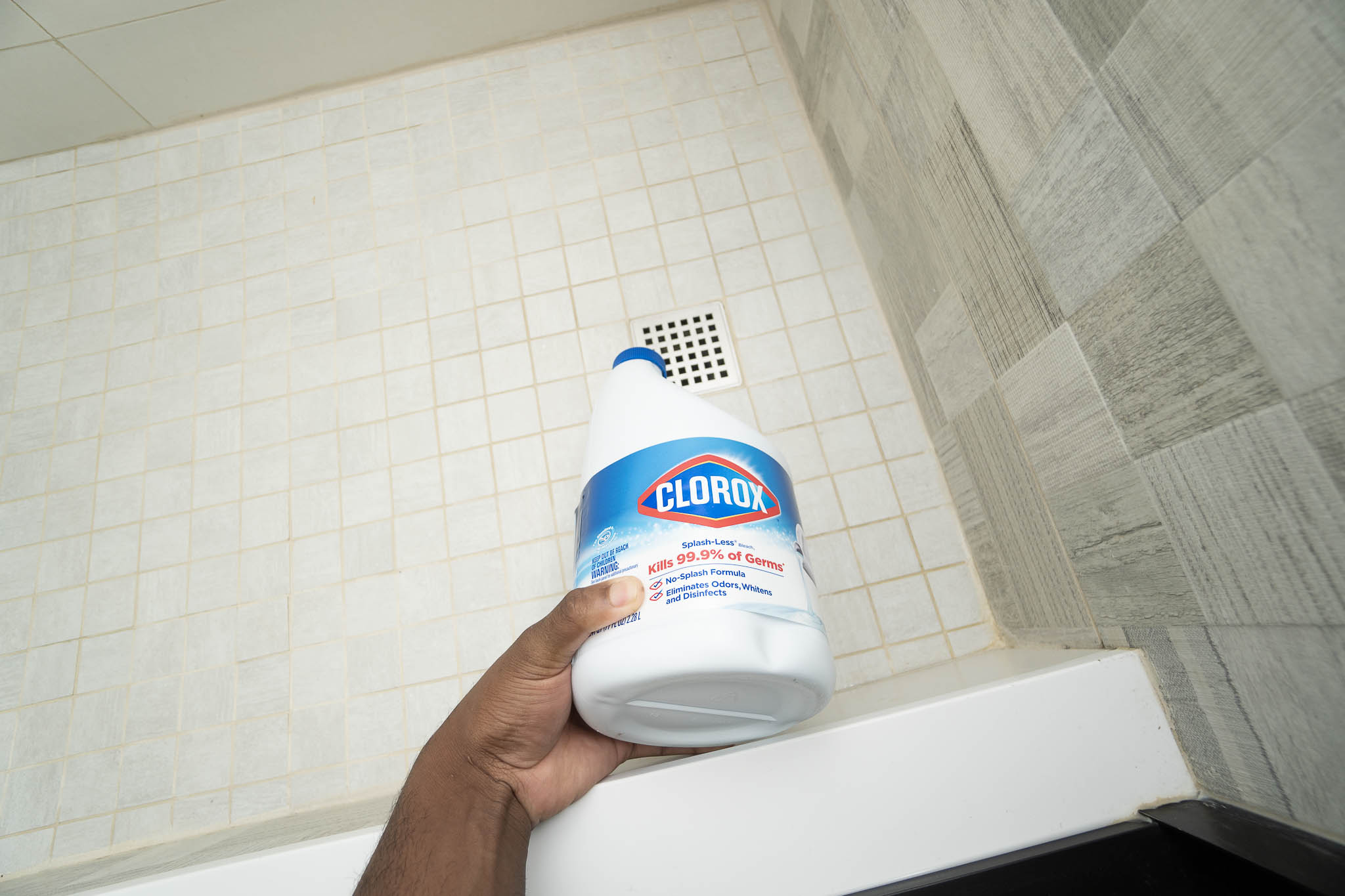
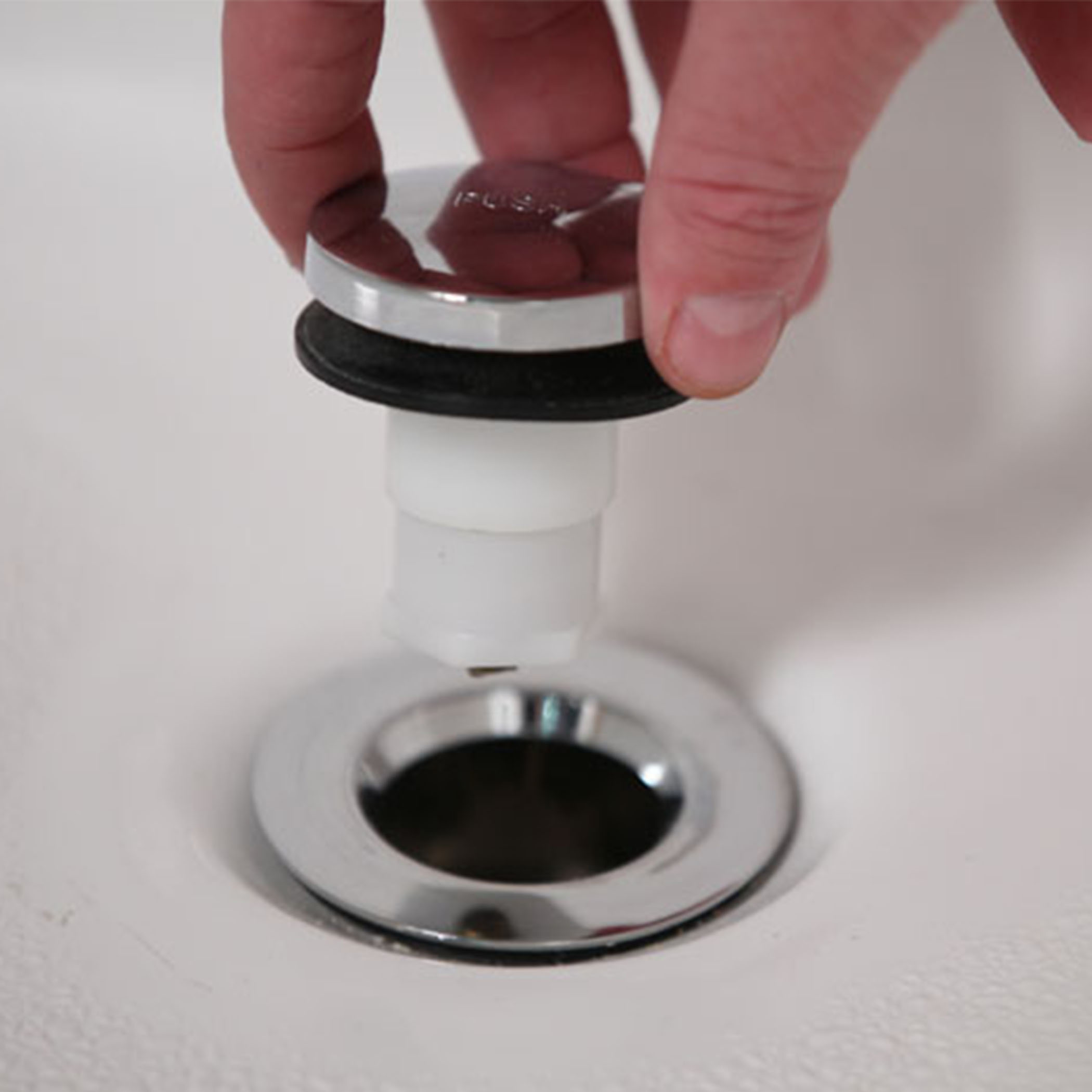
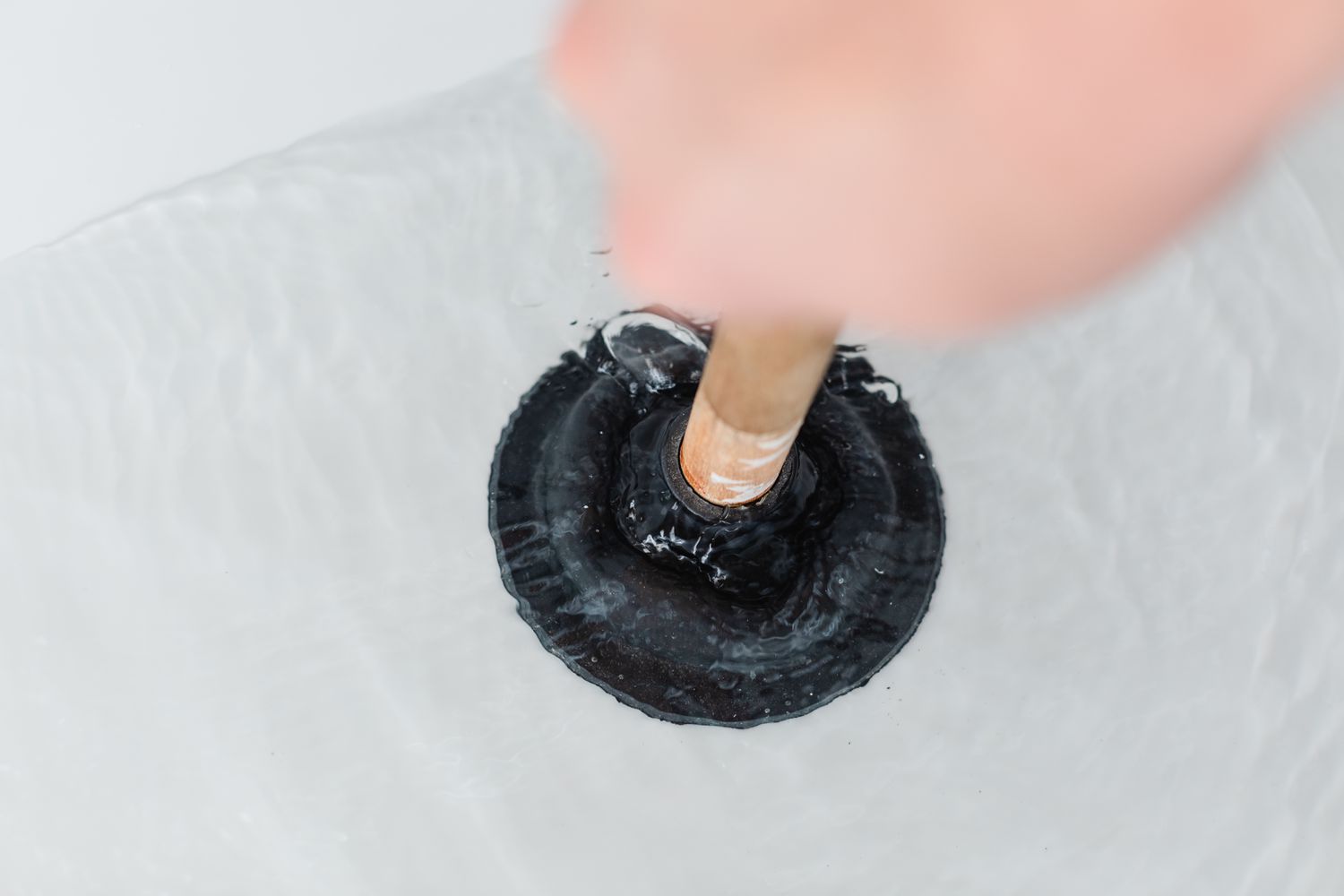
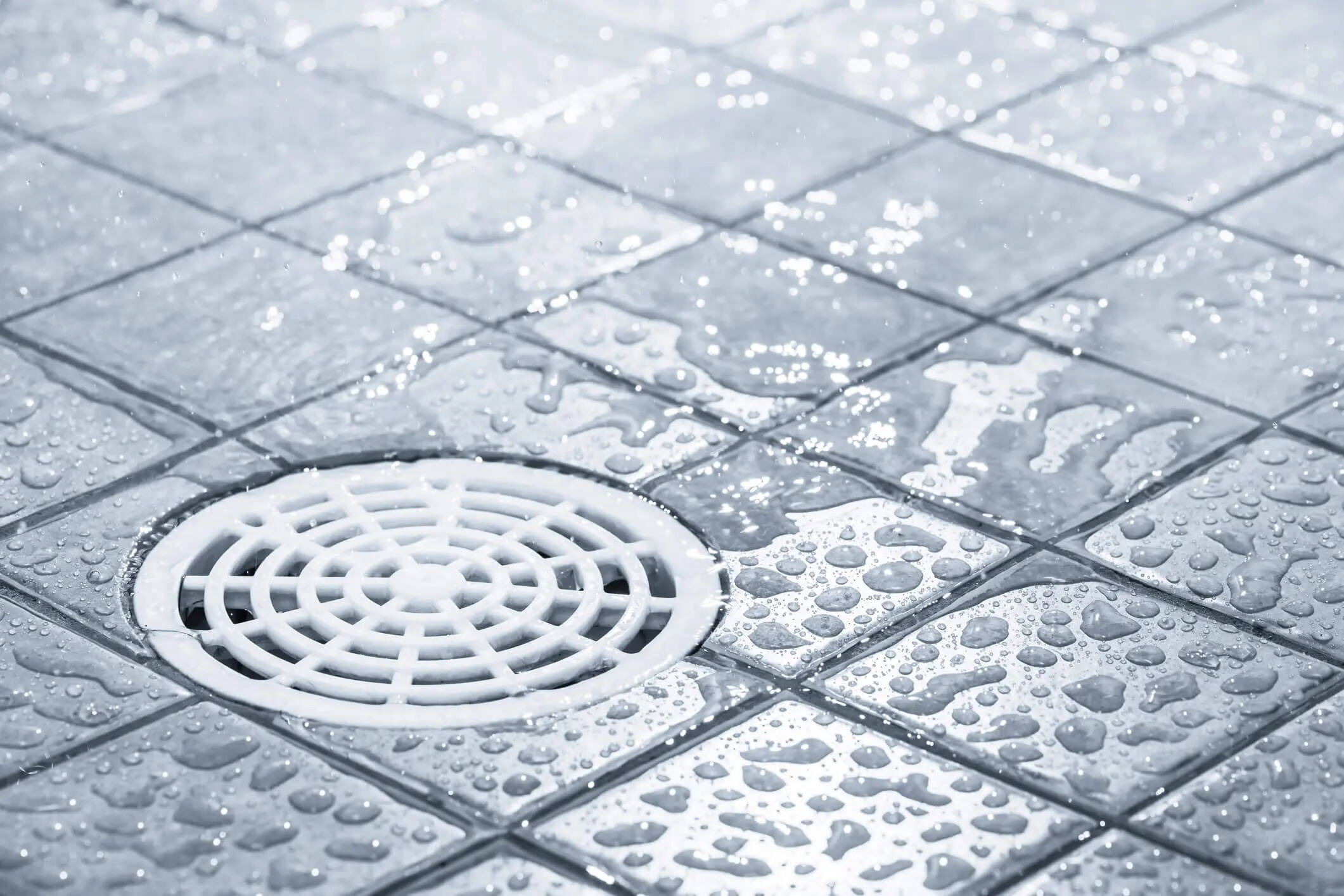
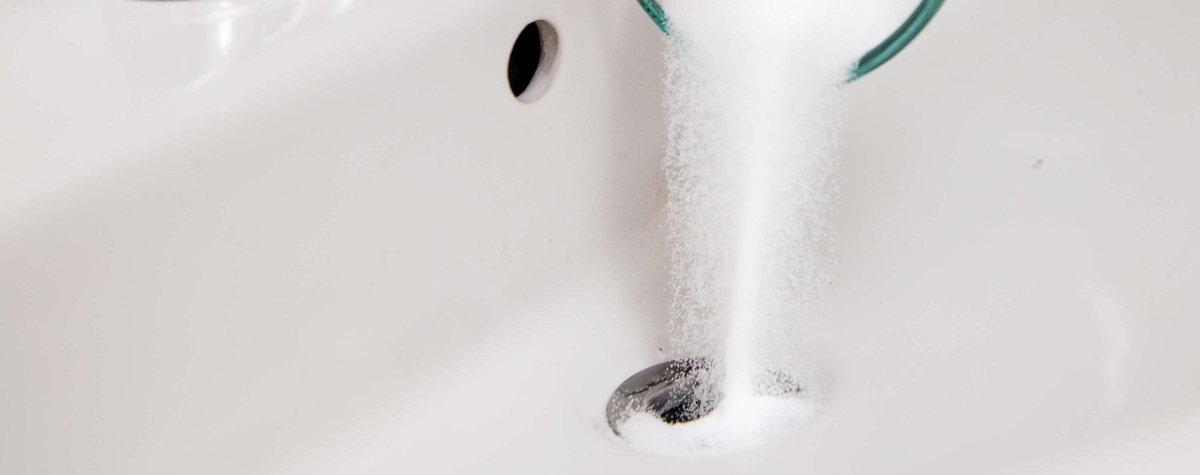
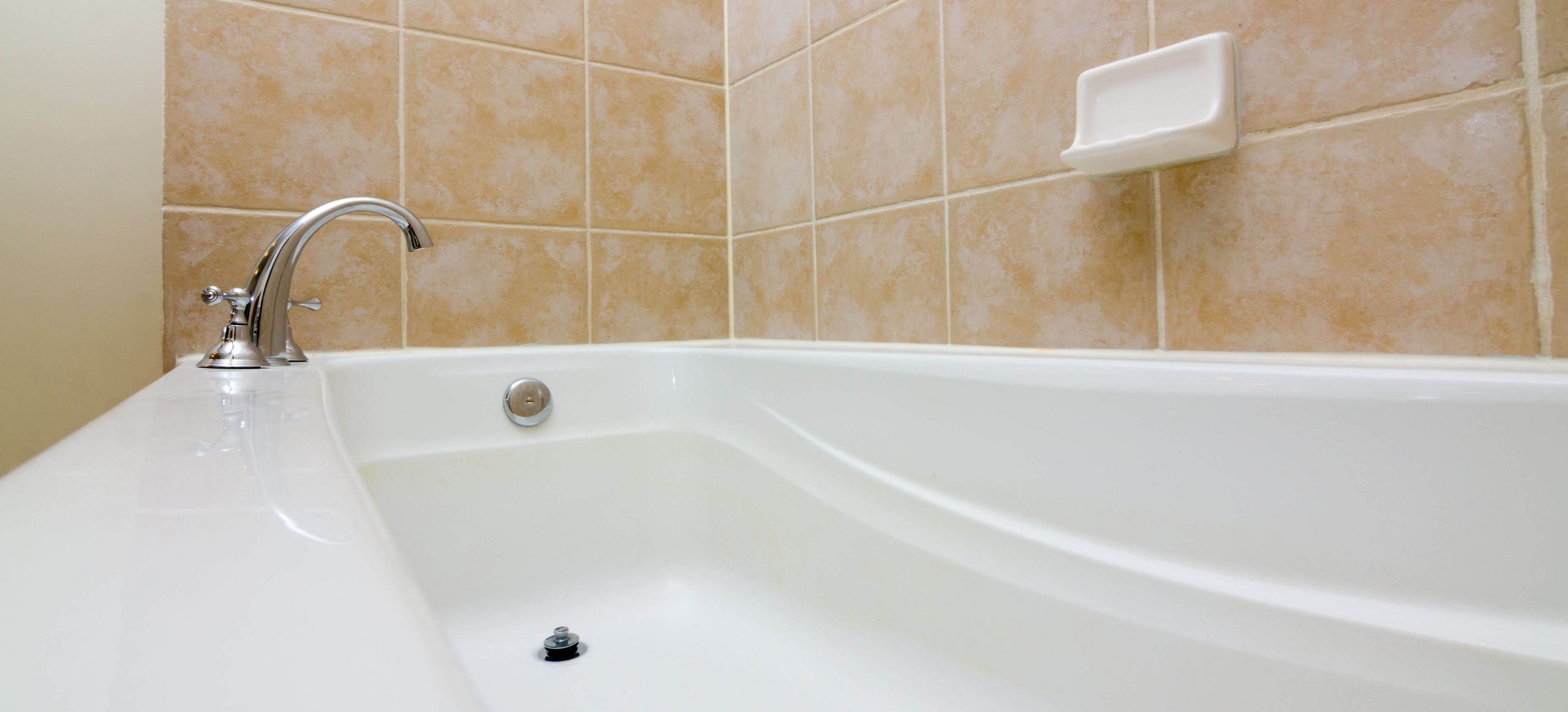
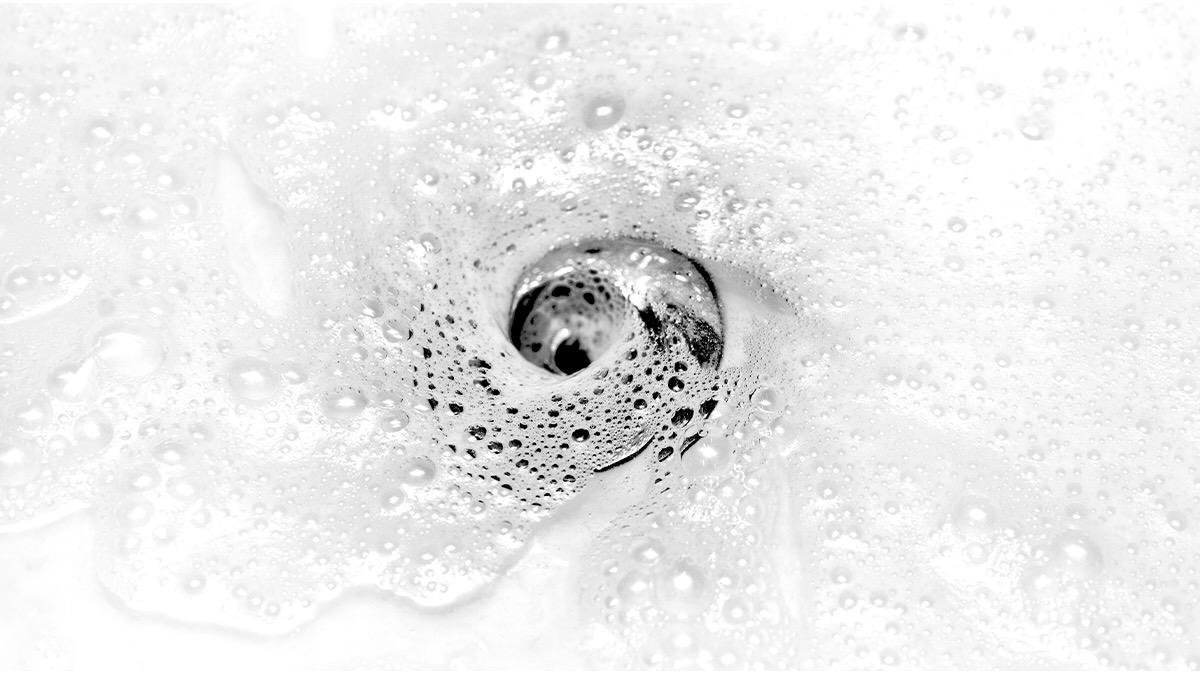
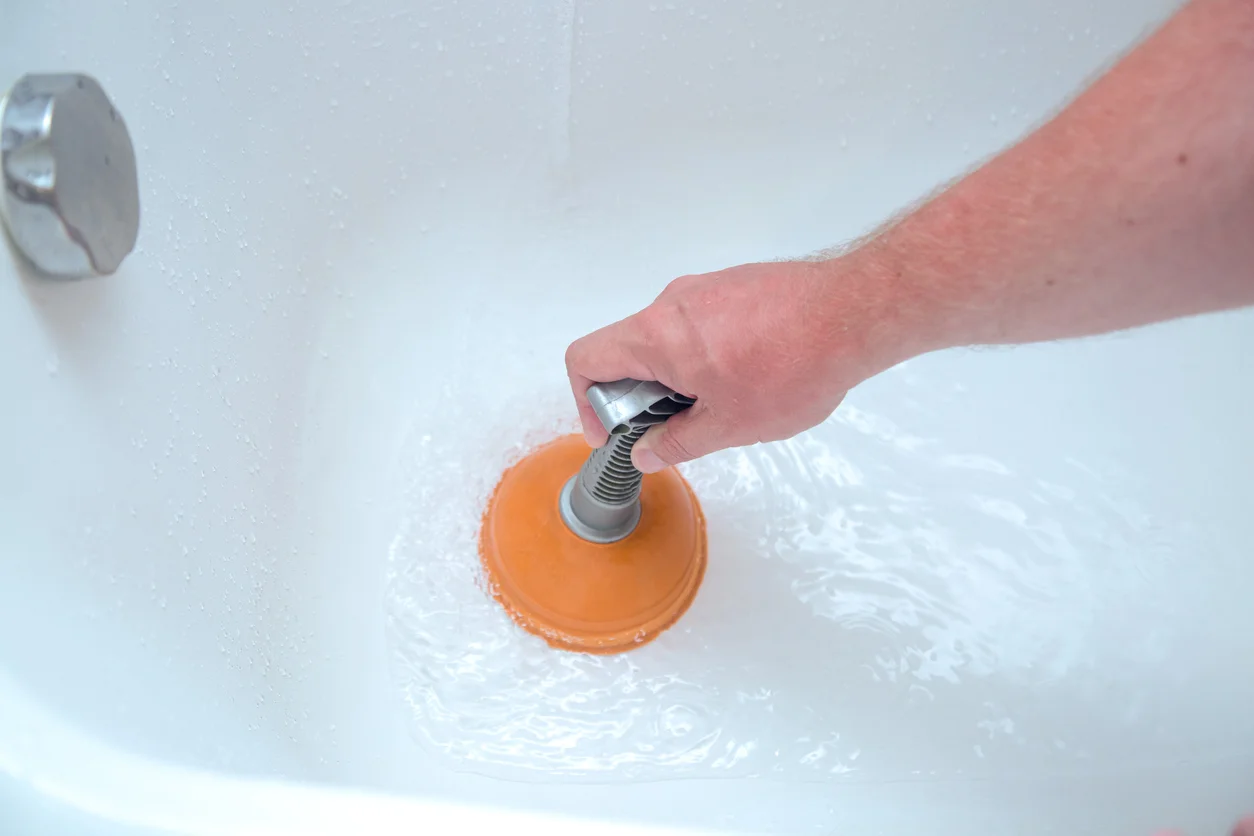
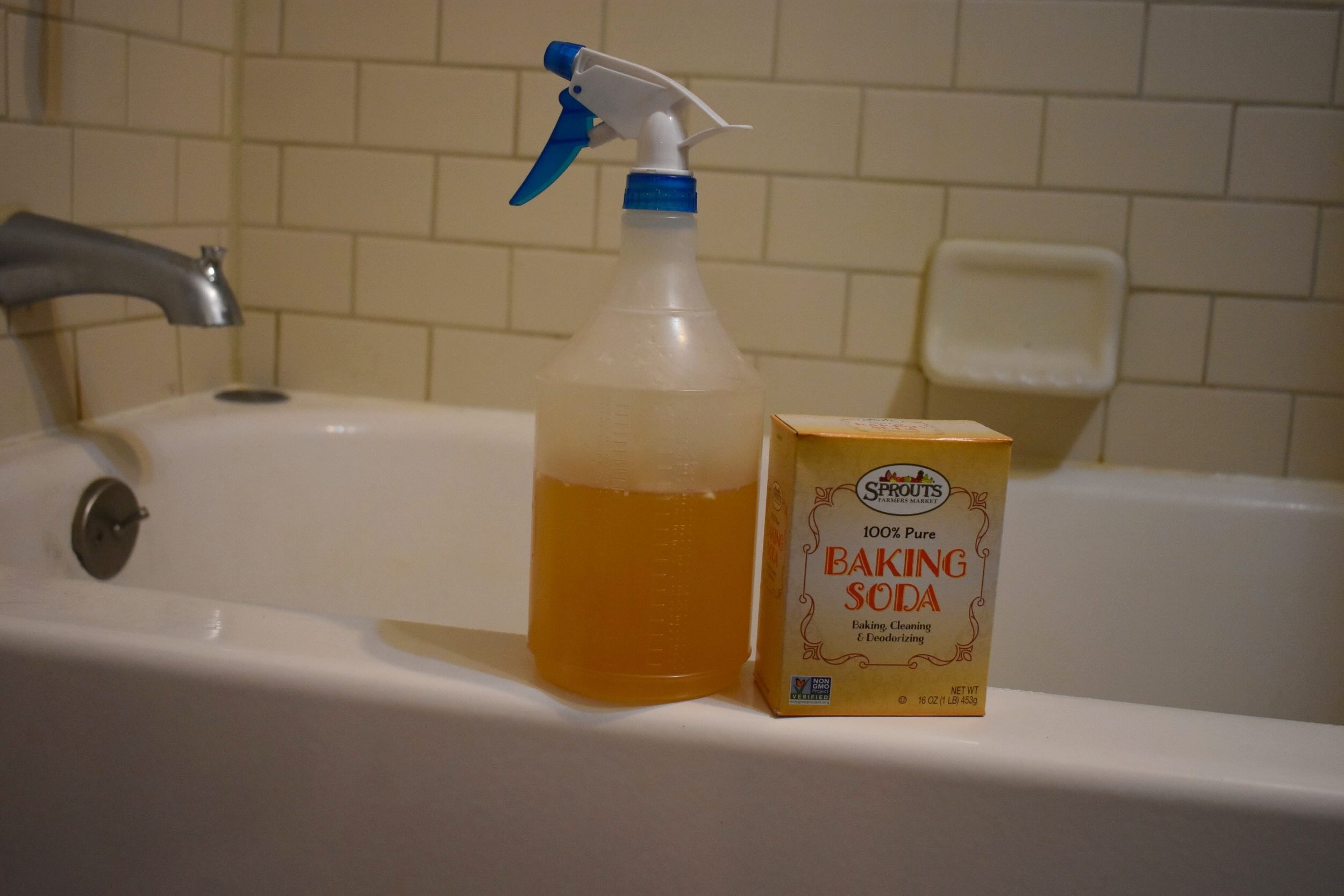
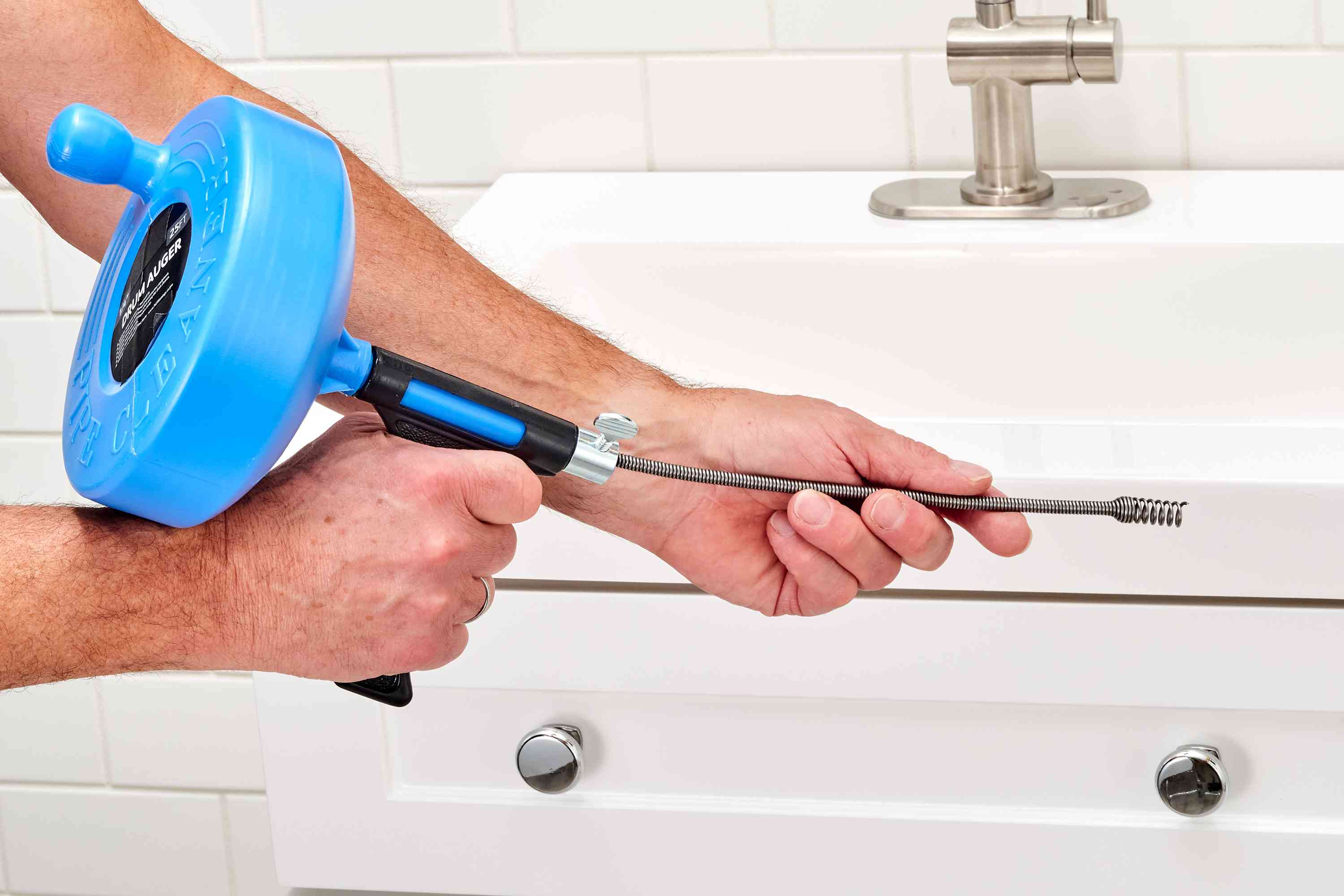
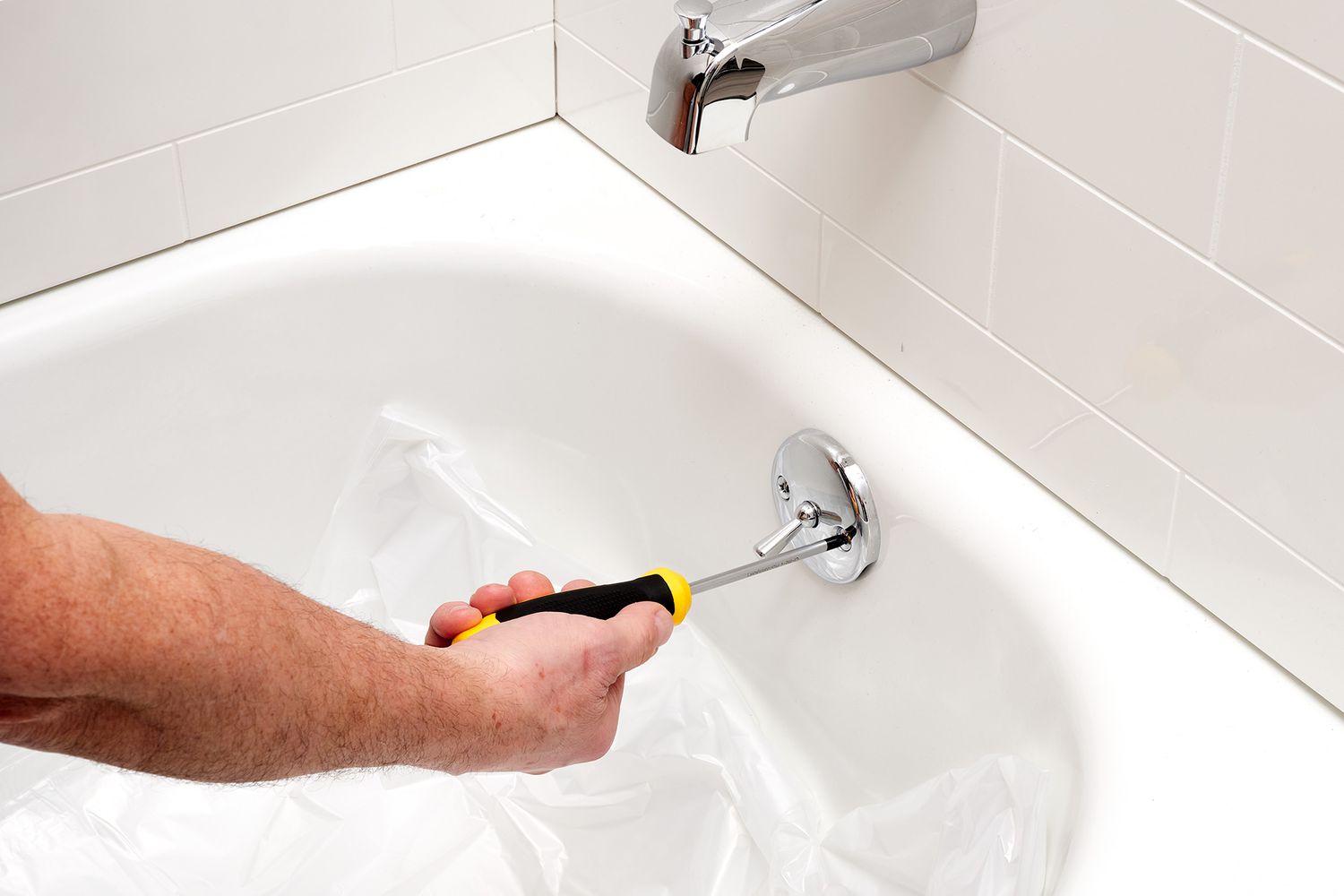
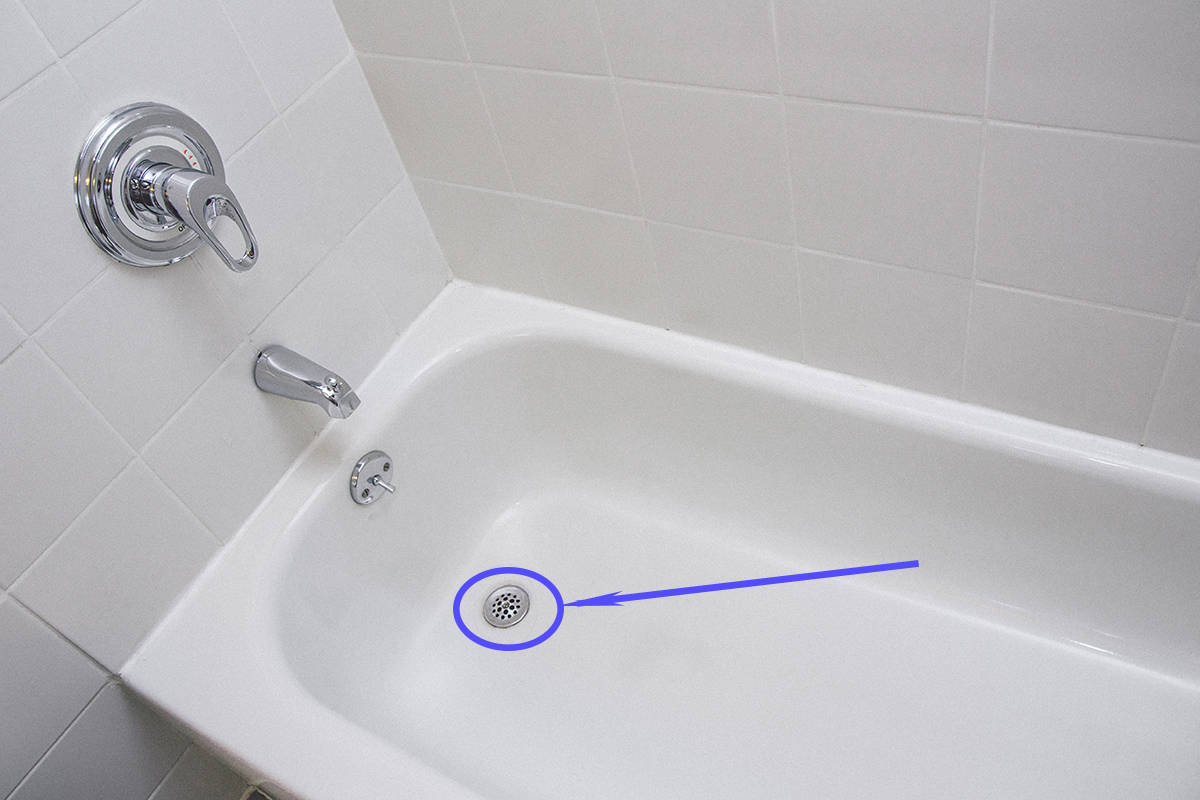
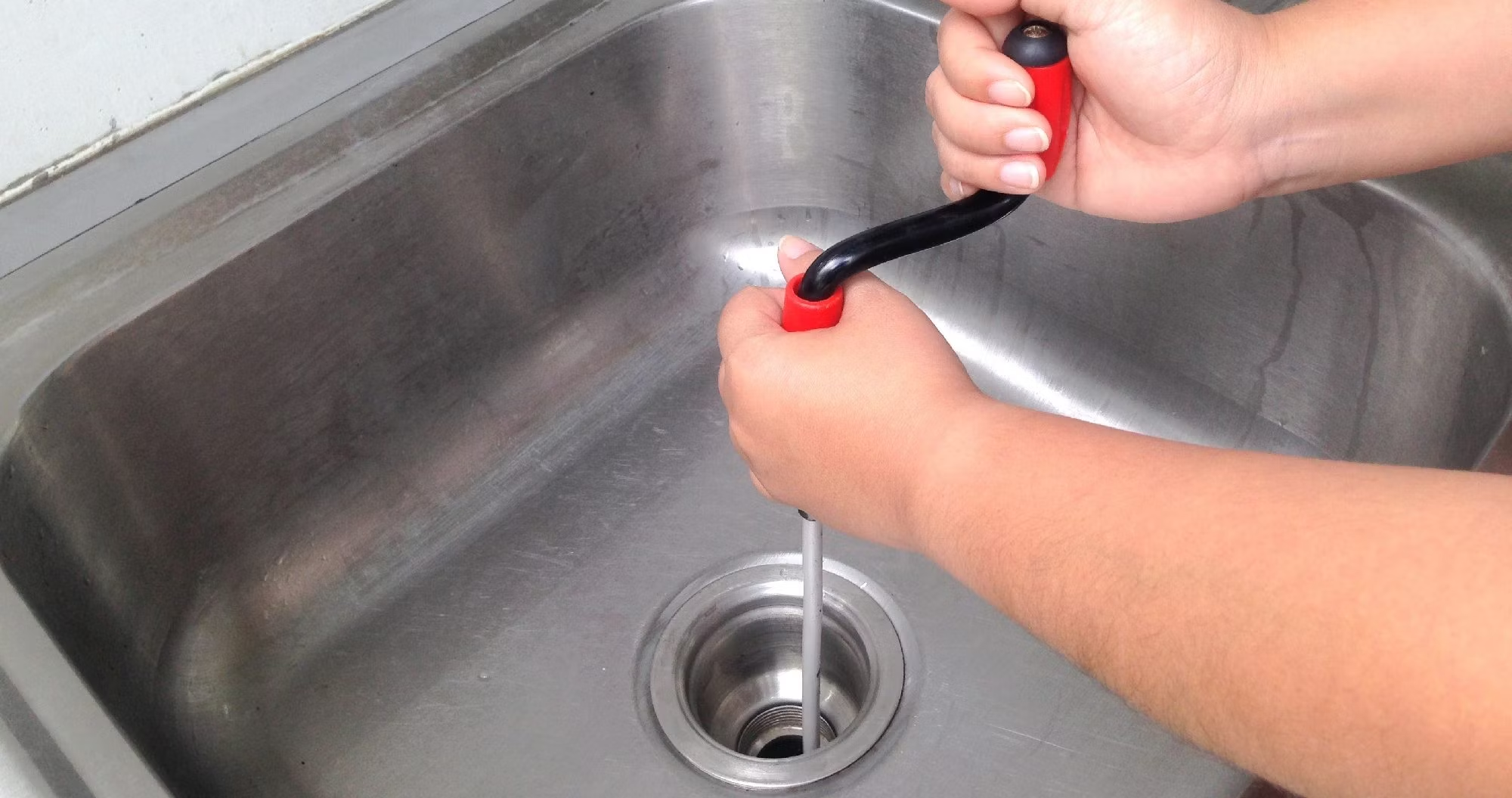
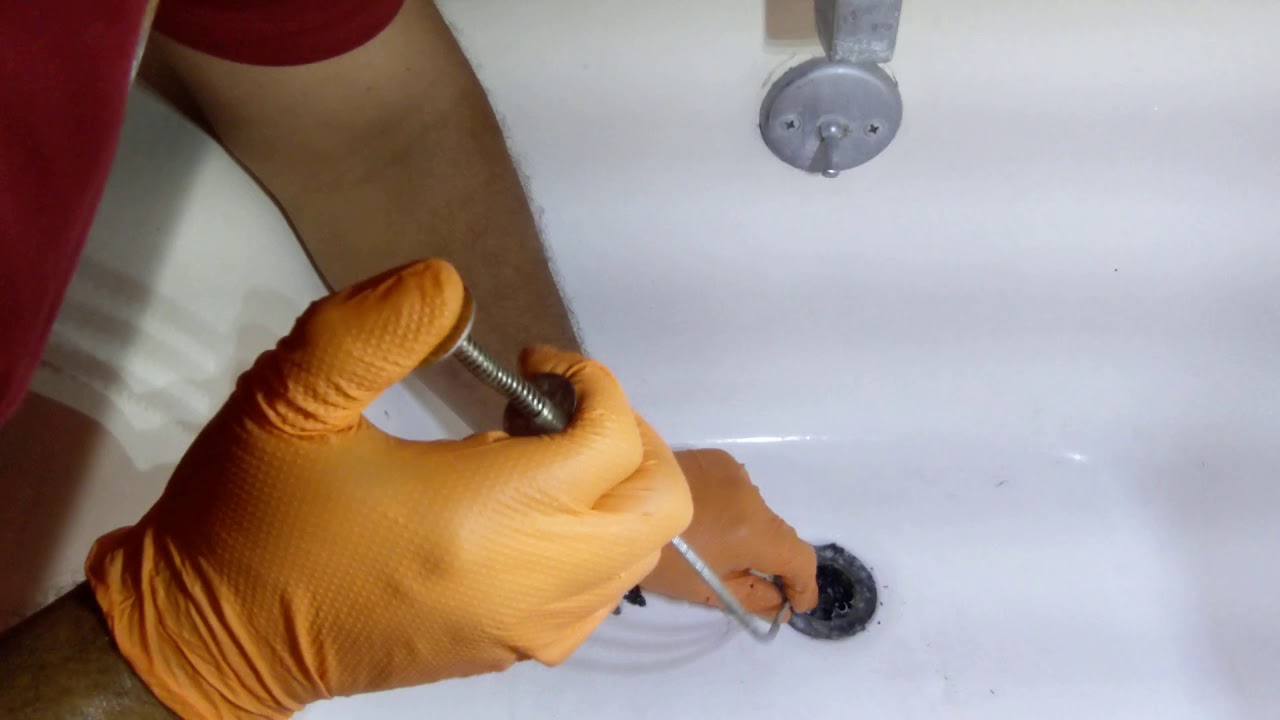

0 thoughts on “What Can I Use To Unclog Bathtub Drain”